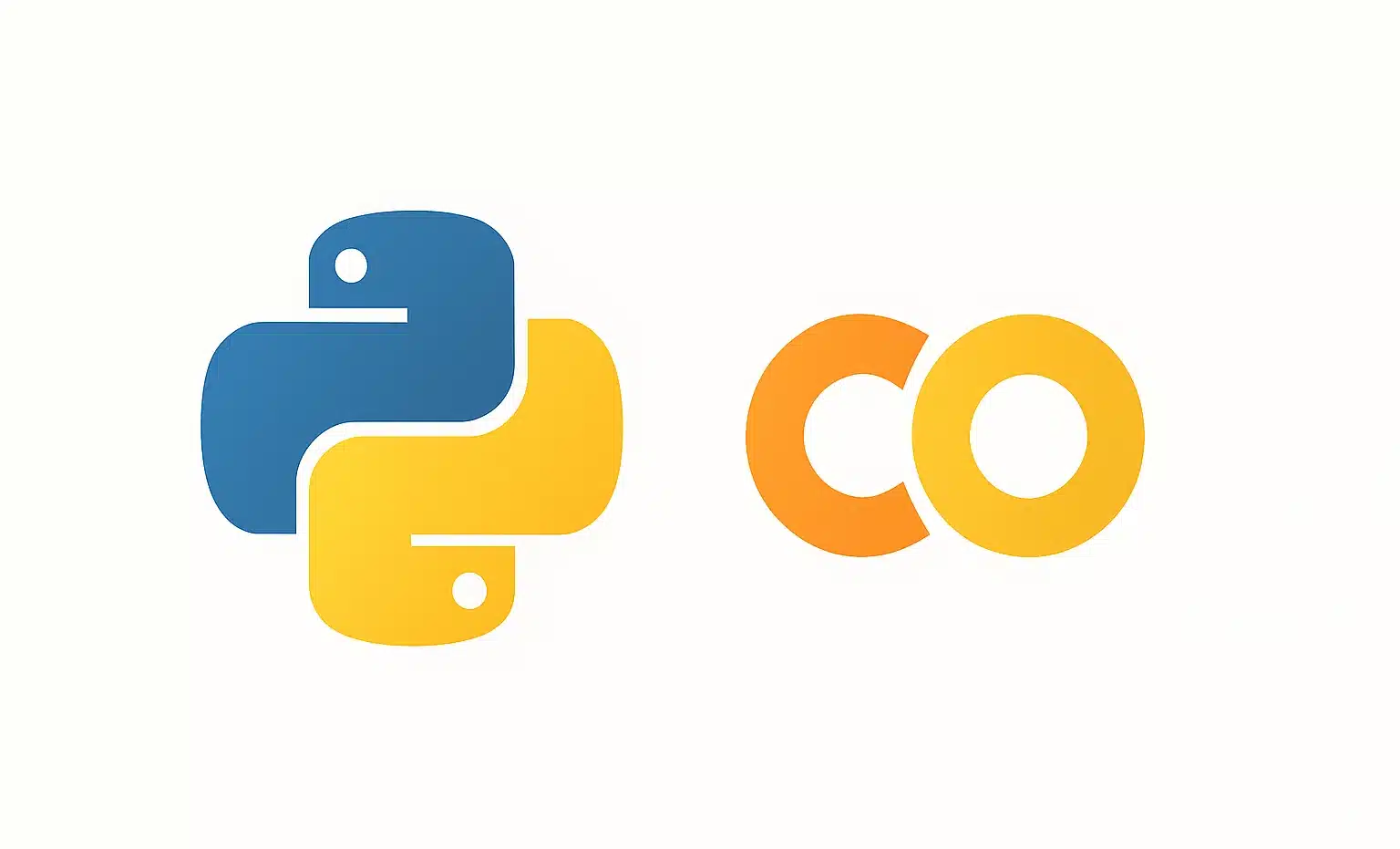TensorFlow Extended (TFX) is a robust platform developed by Google, designed to standardize and optimize the entire lifecycle of machine learning (ML) models.
With its numerous components and advanced integrations, TFX enables businesses to build automated and scalable pipelines, ensuring quality and traceability of processes. In this article, we delve deeply into the features of TFX, its applications, and the reasons why it is a preferred solution for complex ML projects.
What is TensorFlow Extended (TFX)?
TFX is an open-source platform built around TensorFlow, aimed at industrializing the lifecycle of machine learning models. The main goal of TFX is to make ML pipelines more efficient by automating key ML tasks like data preparation, model training, and deployment, while minimizing human interventions.
With its integrations with tools such as Apache Beam, Apache Airflow, and Kubeflow Pipelines, TFX adapts to both cloud environments and on-premises infrastructures, offering unmatched flexibility.
The Key Components of TFX: A Modular Platform
The components of TFX are at the heart of its efficiency. Each plays a specific role in the creation and management of ML pipelines.
1. TensorFlow Data Validation (TFDV)
TFDV is designed to analyze datasets and detect anomalies or inconsistencies. It offers rich visualizations and detailed statistics, ensuring that input data meets the required standards for model training.

2. TensorFlow Transform (TFT)
TFT is a powerful tool for applying scalable transformations to data, such as normalization or categorical encoding. These transformations are recorded and applied consistently during training and prediction.
3. TensorFlow Model Analysis (TFMA)
With TFMA, you can analyze and evaluate your models using metrics tailored to your objectives. It also facilitates the identification of biases and weaknesses in model performance.
4. TensorFlow Serving
This component manages the deployment of models in production. It is optimized to provide real-time predictions and supports continuous updates without interrupting services.
5. ML Metadata (MLMD)
MLMD ensures centralized management of metadata generated by pipelines. This includes information on transformations, hyperparameters, and model outcomes, enabling total traceability.
6. TensorFlow Pipeline Orchestration
TFX supports orchestration tools like Apache Airflow and Kubeflow Pipelines, which automate pipeline executions, offering seamless task management and increased scalability.
Why Adopt TFX for Your ML Projects?
1. Automation and Time Savings
With TFX, recurring tasks such as data validation or model evaluation are automated, allowing teams to focus on strategic aspects. Automated processes also reduce the risk of human errors.
2. Seamless Integration
TFX integrates seamlessly with existing environments, whether cloud-based or on-premises. Businesses can leverage cloud solutions like Google Cloud or tools like Vertex AI to enhance their processing capabilities.
3. Standardization and Reproducibility
TFX pipelines are designed to be standardized and reproducible, ensuring consistency in data processing and model training.
4. Cost Optimization
Through effective orchestration and automation, TFX reduces the time and resources required to deploy models into production.

Industry Applications of TFX
TFX adapts to a wide variety of sectors due to its flexibility and advanced features. Here are some examples of real-world applications:
1. E-commerce Sector
Companies use TFX to optimize recommendation systems, enabling increased personalization of the user experience based on customer behaviors.
2. Healthcare and Biotechnology
TFX facilitates the analysis of large medical datasets, contributing to advances in AI-assisted diagnostics.
3. Financial Services
Financial institutions rely on TFX for critical applications such as fraud detection or risk assessment, where accuracy and speed are paramount.
4. Digital Advertising
In the domain of digital marketing, TFX is used to optimize advertising campaigns by analyzing user data in real-time with TensorFlow Serving.
Practical Steps to Create an ML Pipeline with TFX
- Data Analysis: Use TFDV to inspect data and identify potential anomalies.
- Data Transformation: Apply scalable transformations via TFT.
- Model Training: Configure your algorithms with TensorFlow to learn from transformed data.
- Performance Evaluation: Check model effectiveness with TFMA.
- Deployment: Deploy models using TensorFlow Serving.
- Continuous Monitoring: Use MLMD to monitor performance and adjust models as needed.

Common Challenges and Solutions Provided by TFX
Complexity of ML Systems
TFX simplifies the construction and management of pipelines by unifying critical steps in a single platform.
Continuous Maintenance
Automated monitoring and retraining ensure models remain effective as data evolves.
Resource Management
By integrating cloud solutions and orchestration tools, TFX optimizes resource utilization and reduces costs.
Conclusion
TensorFlow Extended (TFX) is an essential tool for companies looking to maximize the efficiency and reliability of their ML pipelines. With its modular components and integration capabilities, it offers a comprehensive solution to automate and standardize the ML model lifecycle. Whether you are a developer or a decision-maker, investing in TFX is a strategic decision to ensure the long-term success of your AI projects.










